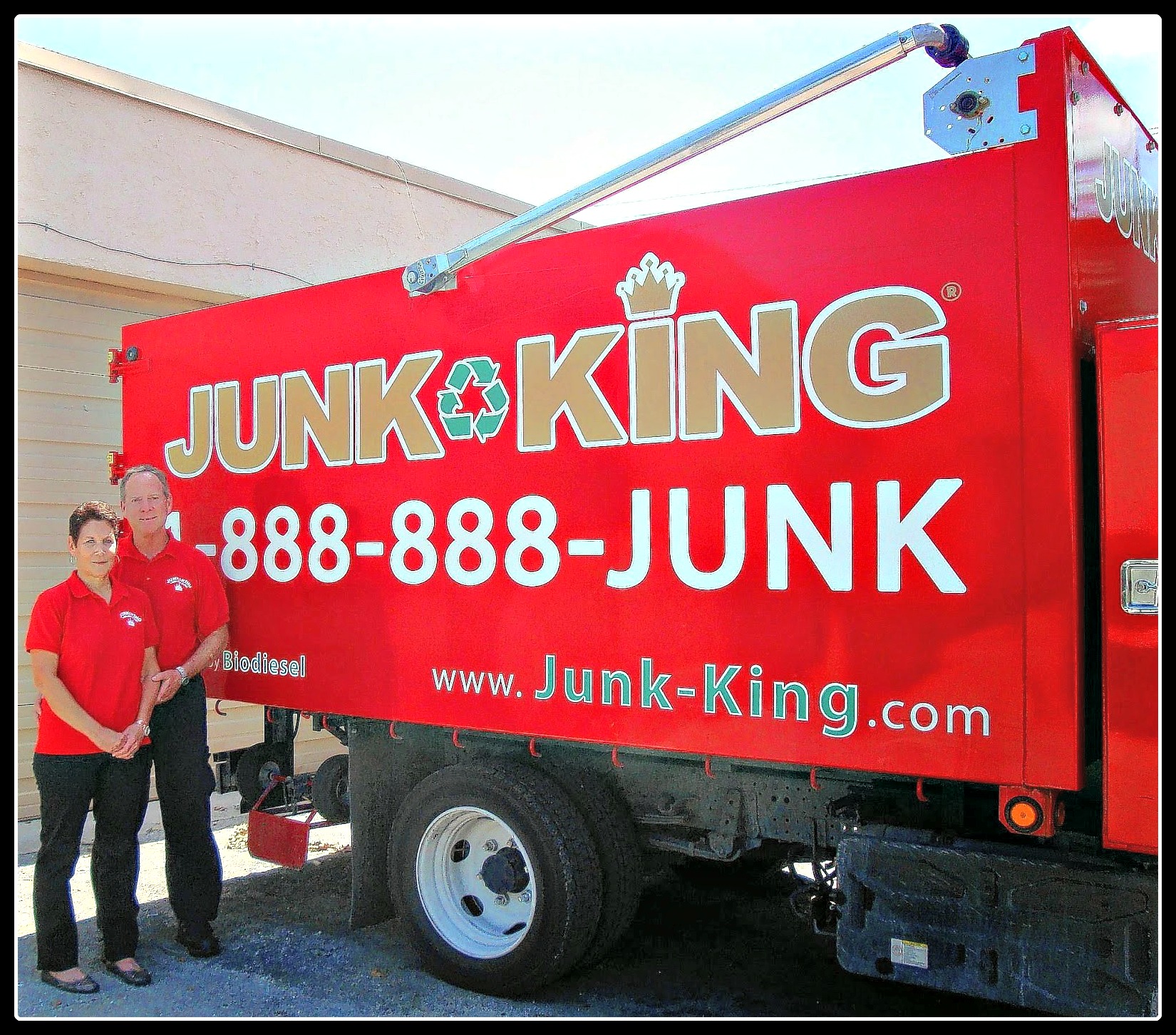Discovering The Right Dumpster Dimension For Your Task: A Detailed Guide
Discovering The Right Dumpster Dimension For Your Task: A Detailed Guide
Blog Article
Created By-Sparks Fisher
When embarking on a project that needs a dumpster, the dimension you pick can significantly influence its efficiency and cost-effectiveness. Envision having the ideal container that fits all your waste without being excessively big or also tiny. Everything beginnings with understanding the subtleties of your job and picking a dumpster size that lines up with your particular requirements. So, prior to you make a decision, take into consideration the elements at play to make sure a seamless waste management procedure throughout.
Variables to Take into consideration
When deciding on the right dumpster dimension, there are numerous essential elements to consider.
First, think of the sort of waste you'll be throwing away. Different products might call for differing amounts of area, so understanding what you'll be putting in the dumpster is important.
Next off, evaluate the amount of waste you anticipate to produce. If you underestimate the volume, you might require to make multiple journeys to dispose of everything, which can be inconvenient and costly. On the other hand, renting out a dumpster that's too large can bring about unnecessary costs.
Additionally, take into consideration the room where the dumpster will be positioned. Ensure there's enough room for the dumpster to be delivered and grabbed with no blockages.
Finally, think of any type of weight constraints that might use. Going beyond the weight restriction can lead to extra charges or perhaps the rejection of service.
Dumpster Size Options
For selecting the appropriate dumpster size, it's vital to have a mutual understanding of the readily available choices. Dumpster dimensions normally range from 10 to 40 cubic yards, with variants in between.
A 10-yard dumpster appropriates for little jobs like a garage cleanout or a little remodelling. If you're dealing with a medium-sized job such as a cooking area remodel or a cellar cleanout, a 20-yard dumpster could be the appropriate choice.
For dumpster rental roll off like a whole-house remodelling or business construction, a 30 or 40-yard dumpster could be more suitable to suit the quantity of waste generated.
When choosing a dumpster dimension, think about the amount and kind of particles you expect to dispose of. It's far better to select a slightly bigger dimension if you're not sure to prevent overfilling. Keep in mind, it's even more cost-efficient to rent out a dumpster that fits your demands instead of having to buy an added one.
Matching Dimension to Task
Efficiently matching the dumpster size to your task is critical for efficient waste monitoring. To identify the ideal size, think about the scope and nature of your job.
For little house cleanouts or improvements, a 10-yard dumpster may be adequate. These are typically 12 feet long and can hold around 4 pickup loads of waste.
For bigger projects like redesigning several areas or removing a huge estate, a 20-yard dumpster could be preferable. These are around 22 feet long and can hold roughly 8 pickup lots.
If 1 day dumpster rental taking on a significant building and construction project or business restoration, a 30-yard dumpster could be the very best fit. These dumpsters have to do with 22 feet long and can fit concerning 12 pickup truck loads of debris.
Matching the dumpster dimension to your project ensures you have enough area for all waste products without overpaying for extra capability.
Final thought
Finally, picking the best dumpster size for your task is critical for effective waste disposal. By taking into consideration variables like the kind and quantity of waste, area accessibility, weight constraints, and budget restrictions, you can ensure you have the suitable dimension dumpster for your demands. Make sure to match the dimension of the dumpster to the range and nature of your job to prevent overspending on unnecessary costs.
